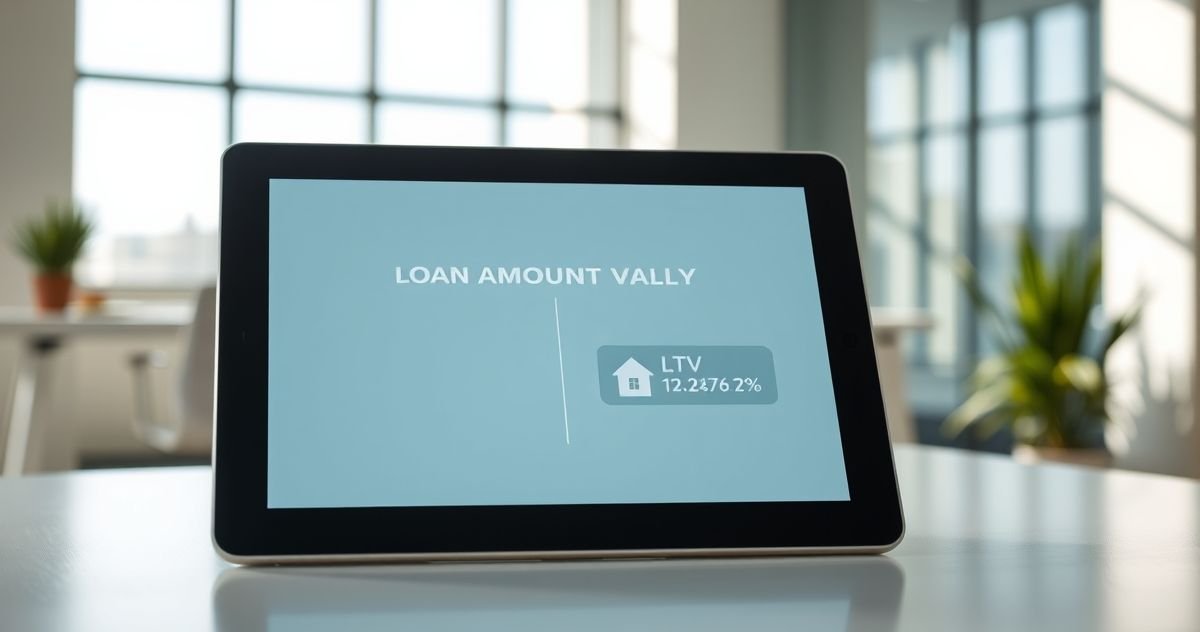How Is LTV Calculated?
Calculating your LTV is straightforward. Lenders use the lesser of the home’s appraised value or its purchase price, but for this example, we’ll assume they are the same. The formula is:
LTV = (Loan Amount / Appraised Property Value) x 100
Let’s use an example:
- You want to buy a home with an appraised value of $400,000.
- You make a down payment of $80,000.
1. Determine your loan amount by subtracting your down payment from the property value:
$400,000 (Value) – $80,000 (Down Payment) = $320,000 (Loan Amount)
2. Divide the loan amount by the property value:
$320,000 / $400,000 = 0.80
3. Convert this to a percentage:
0.80 x 100 = 80%
In this scenario, your LTV ratio is 80%.
LTV and Private Mortgage Insurance (PMI)
For conventional loans, an 80% LTV is a key threshold. If your LTV is above 80% (meaning your down payment is less than 20%), lenders typically require you to pay for Private Mortgage Insurance (PMI). PMI is an insurance policy that protects the lender if you default on the loan. It’s an additional monthly expense included in your mortgage payment.
Once your loan balance drops to 80% of the original property value, you can request to cancel PMI. According to the Consumer Financial Protection Bureau (CFPB), under the Homeowners Protection Act, lenders must automatically terminate PMI when your LTV reaches 78%.
LTV Requirements for Different Loan Programs
Government-backed loans often feature higher maximum LTVs to make homeownership more accessible.
- Conventional Loan: Maximum LTV is often 97%, requiring a 3% down payment. PMI is required for LTVs over 80%.
- FHA Loan: Maximum LTV is 96.5% (3.5% down payment). Mortgage Insurance Premium (MIP) is required for nearly all FHA loans.
- VA Loan: Allows for 100% LTV (0% down payment) for qualified veterans and service members. There is no monthly mortgage insurance, but most borrowers pay a one-time VA funding fee.
- USDA Loan: Also allows for 100% LTV in eligible rural areas, but it includes an upfront guarantee fee and an annual fee.
How LTV Applies to Other Loan Types
LTV is also a critical factor when you tap into your home’s equity:
- Refinancing: When you refinance your mortgage, lenders calculate a new LTV using your home’s current appraised value. A lower LTV can help you secure a better interest rate.
- Home Equity Loans and HELOCs: For these loans, lenders use a Combined Loan-to-Value (CLTV) ratio. This includes your primary mortgage balance plus the new loan or line of credit. Most lenders cap the CLTV at 85%, meaning the total debt secured by your property cannot exceed 85% of its value.
External Resource: For more details, visit the Consumer Financial Protection Bureau.



